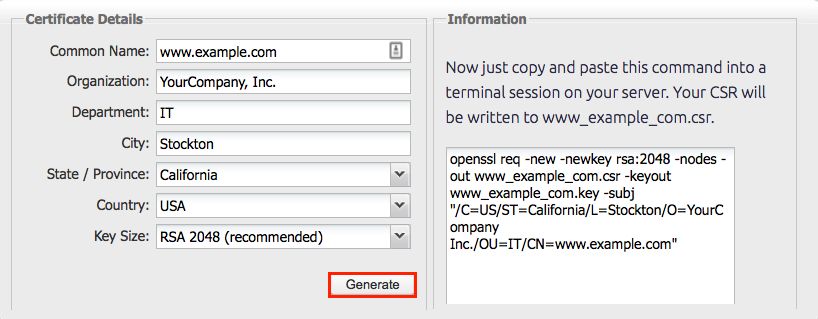How to Install Certificate on Apache Web Server Windows
Securing your Apache web server on Windows with an SSL certificate is crucial to protect the sensitive information of your website visitors. In this guide, we will walk you through the step-by-step process of installing a certificate on Apache web server running on Windows.
Prerequisites
Before you begin, make sure you have the following:
- Apache web server installed on Windows
- SSL certificate files (e.g., .crt, .key, .pem)
- Essential SSL tools, such as OpenSSL
Step 1: Prepare Certificate Files
First, you need to have your SSL certificate files ready. This typically includes the certificate file (.crt), private key file (.key), and intermediate certificate file (if applicable).
If you purchased an SSL certificate, you should have received these files from your Certificate Authority. If you generated a self-signed certificate, you would need to create these files using OpenSSL.
Step 2: Configure Apache for SSL
Open your Apache configuration file (httpd.conf) and locate the following lines:
<VirtualHost *:443>
ServerName your_domain.com
SSLEngine on
SSLCertificateFile "path/to/your_domain.crt"
SSLCertificateKeyFile "path/to/your_domain.key"
SSLCertificateChainFile "path/to/your_domain.ca-bundle"</VirtualHost>
Make sure to replace “your_domain.com”, “path/to/your_domain.crt”, “path/to/your_domain.key”, and “path/to/your_domain.ca-bundle” with your actual domain name and certificate file paths.
Save the configuration file and restart your Apache web server.
Step 3: Test SSL Configuration
Open a web browser and navigate to https://your_domain.com. If everything is set up correctly, you should see a padlock icon indicating that your connection is secure.
You can also use online SSL checker tools to verify the validity of your SSL certificate installation.
Conclusion
Congratulations! You have successfully installed an SSL certificate on your Apache web server running on Windows. Your website is now secured with HTTPS, providing encrypted connections for your visitors.
